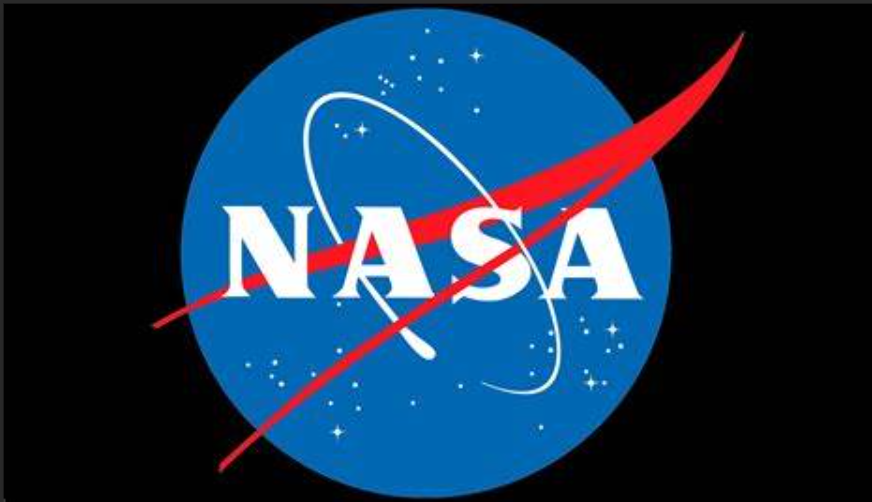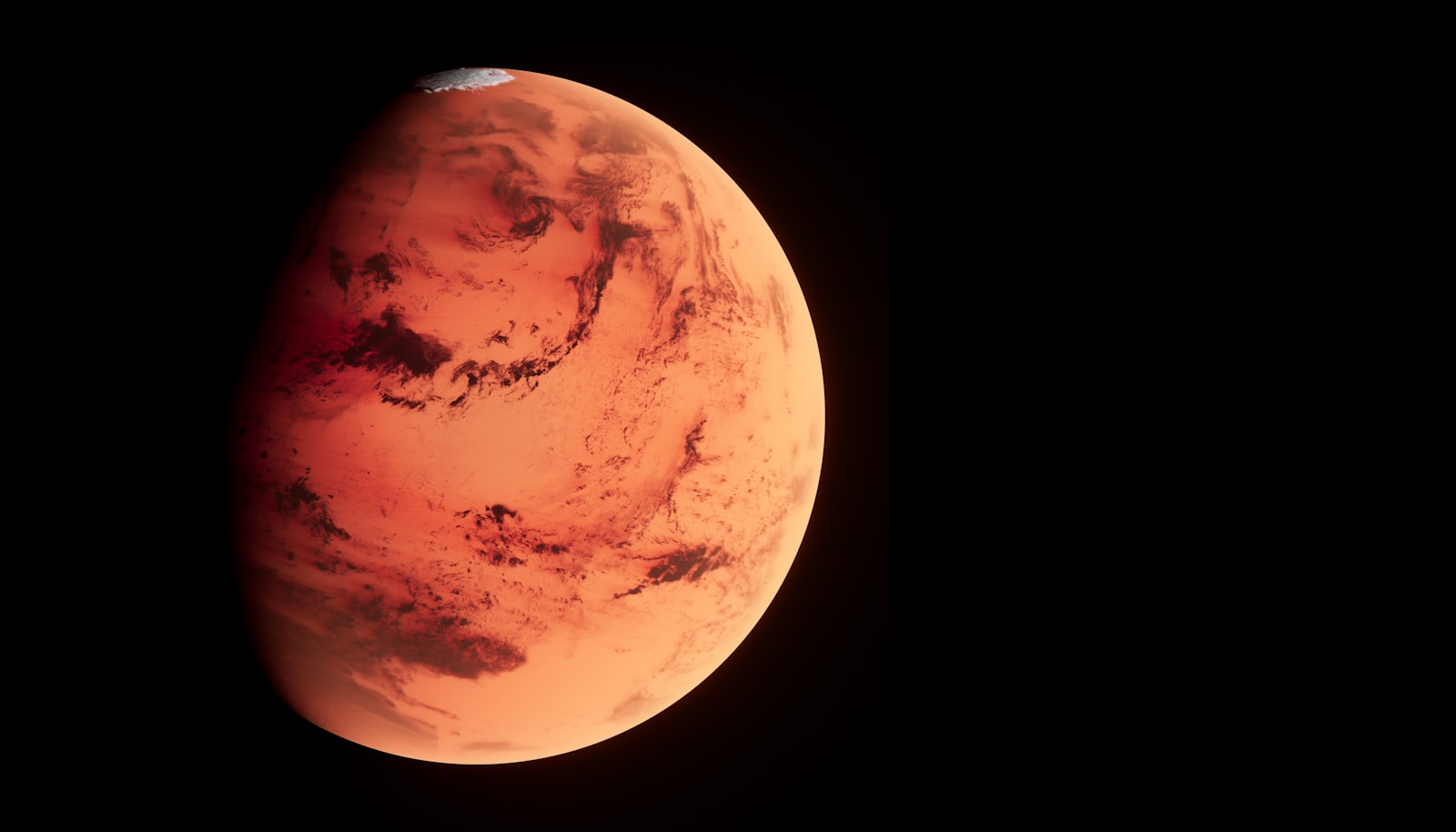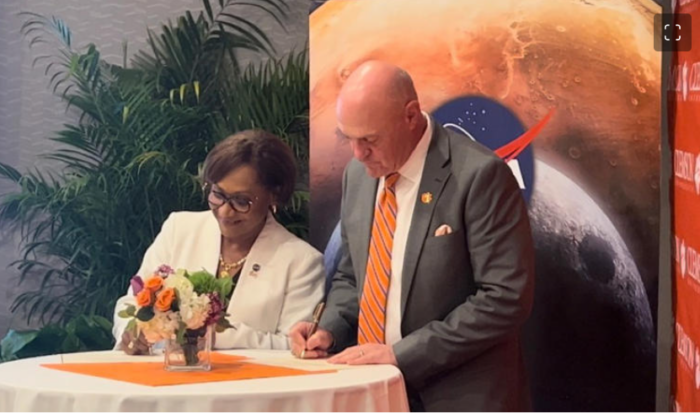Last month saw British billionaire Richard Branson’s Virgin Galactic successfully launched its first paying customers into space. After this event, Michael Colglazier sat down with CNBC’s ‘Closing Bell Overtime’ to discuss the flight and plans for the future.
“Next thing we’re gonna do is do it again,” said Colglazier in front of VSS Unity, the spacecraft that went to the edge of space, Virgin Galactic’s SpaceShipTwo-class suborbital rocket-powered crewed spaceplane. “So today was an incredible flight for us. Obviously, the first commercial flight that’s a big deal for the company. But more importantly, the dream is now kind of coming into play and to be able to take customers and see the reaction of our customers changes the entire attitude of the company. We’ve done the hard work. Now we’re going to move into service delivery. And so as we get repetition, we fly our Galactic Two to flight in August as we start on a monthly cadence. After that, I think we’re going to demonstrate to the world just how powerful the experience is coming in.”
At present, Virgin Galactic has a backlog of about 800 passengers, and when Colglazier was asked how the company was going to decide who will fly — with ticket prices ranging from US $200,000 to US $450,000 (starting at US $600,000 for a seat for research passengers) — his answer was honest.
Two Manifests
“[…] We carry two manifests. We carry a separate manifest for research clients, like the Italians today, and in parallel, we run a manifest with our future astronauts, as we call them, private astronauts,” said Colglazier. “And those folks are generally going to go in order, kind of a FIFO order, and we’ll bring them through so you’ll see the people who signed up quite some time ago as our early fliers, and then we’ll be flying this spaceship Unity on a monthly basis, which is amazing for human spaceflight and commercial space, it’s pretty small economically. And when we then bring our Delta ships — the production model that we’re working on into service, which we expect to be in 2026 — that’s when you’ll see the volume really take off.”
The topic then turned to revenue and the path to profitability.
“Delta ships on a variable basis are incredibly profitable, right as you would expect in a fixed cost capital intensive industry,” said Colglazier, who added that once through with the prototypes and building production models, you can deliver this service on that variable basis. “It’s so powerful because while we expect them to cost US $50 to US $60 million on a variable basis, once we’ve invested the NRA and the tooling efforts, we can fly them, we expect, five hundred times or so and they will be very profitable to fly.”
Colglazier, who has been Virgin Galactic’s CEO since 2020 after more than 25 years at The Walt Disney Company, also said that the pace the company expands the fleet at determines how much of its profits will be injected into growing and scaling the business versus dropping through to the bottom line.
“We’ll make those calls as we get closer in,” he said.
‘Closing Bell Overtime’ noted that Virgin Galactic is now selling US $400 million worth of its shares to raise more capital in focus for the market and asked whether this amount would be enough to bring Delta online.
Balance Sheet
“We always are going to keep strength in our balance sheet,” said Colglazier. “I think it’s been something that’s been very important for Virgin Galactic, these early commercial space companies there, and obviously in what has been a pre-revenue company and for the next few years, a fairly modest revenue company, it’s incredibly important to keep strengthen our balance sheet. So yes, we put a $400 million ATM structure out there now. That gives us a lot of runway. We have choices as we scale the business, that’s kind of what all starting firms that are capital intensive do, how much do we invest in what paste we invest in the scaling of the fleet. Now we want to scale it. That’s where we’re going to drive the greatest return for our shareholders. And we believe the capital markets will be available for whatever needs we have for that. But if we find the capital markets are tight, we can always bring back the pace at the fleet scaling and manage our balance sheet that way.”
SOURCE: CNBC Television
Featured image: ‘Virgin Galactic CEO Michael Colglazier: We will always keep strength in our balance sheet.’ Credit: CNBC Television
Share this article:








